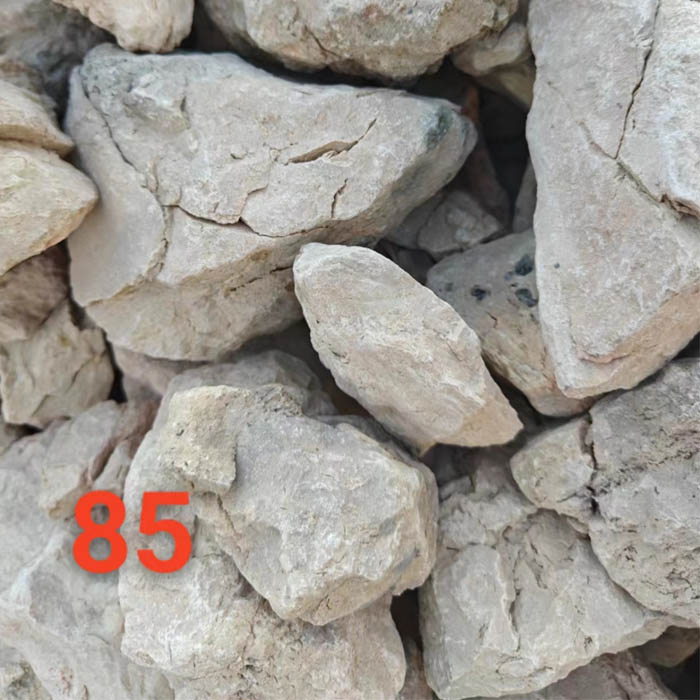নভে. . 17, 2024 16:12 Back to list
material for pipe insulation factory
Ensuring Quality in Pipe Insulation The Role of Material Selection
In industrial settings, effective insulation plays a critical role in maintaining the efficiency and performance of piping systems. The choice of materials for pipe insulation is fundamental not only to ensure energy savings but also to meet safety and environmental regulations. This article explores the various types of materials used in pipe insulation factories, highlighting their benefits, applications, and considerations for selection.
Types of Insulation Materials
Pipe insulation can be broadly categorized into several types based on their composition and properties
1. Fiberglass Insulation Fiberglass is one of the most commonly used materials in pipe insulation due to its excellent thermal properties. It can withstand high temperatures and is suitable for both hot and cold piping systems. Fiberglass is lightweight, non-combustible, and resistant to moisture. It also provides a good sound barrier, making it ideal for industrial environments where noise reduction is a priority.
2. Foam Insulation This type includes materials such as polyurethane and polystyrene foams. Foam insulation offers high R-values (thermal resistance) in a lightweight format, making it highly efficient. It is ideal for chilled water pipes and systems where condensation control is crucial. Furthermore, foam insulation can be manufactured to fit various pipe diameters, making installation relatively easy.
3. Mineral Wool Insulation Made from natural or recycled materials, mineral wool is another excellent choice for pipe insulation. Its high resistance to fire and sound absorption properties make it suitable for commercial and industrial applications. Mineral wool is often used in high-temperature environments and can withstand temperatures up to 1,200°F (650°C), providing an essential barrier against heat loss.
4. Elastomeric Insulation This type of insulation is made from synthetic rubber materials. Elastomeric insulation is flexible, making it ideal for pipes that may require bending during installation. Its closed-cell structure provides excellent resistance to moisture absorption and is commonly used in refrigeration systems and HVAC applications. Additionally, elastomeric insulation can be used for both low and high-temperature applications.
5. Reflective Insulation This category includes materials with a reflective surface, often aluminum foil. Reflective insulation works by reflecting radiant heat rather than absorbing it, making it particularly useful in applications where temperature control is essential. It is often used in spaces with significant temperature variations, offering a lightweight solution that can reduce energy consumption.
material for pipe insulation factory

Factors to Consider When Choosing Insulation Materials
When selecting insulation materials for pipe insulation, factories and industries must consider several factors
- Temperature Range Different insulation materials have varying temperature tolerances. It is essential to choose the right material based on the operating temperatures of the pipes.
- Moisture Resistance In environments where moisture exposure is common, selecting insulation that resists water absorption is crucial to prevent mold growth and structural damage.
- Fire Safety Insulation materials should meet fire safety standards appropriate for the application. Non-combustible materials are often preferred in industrial settings to minimize fire risks.
- Environmental Impact As sustainability becomes a priority, choosing materials that are environmentally friendly or recyclable is increasingly important for many businesses.
- Cost-Effectiveness While upfront costs are important, it is also essential to consider long-term savings on energy costs when selecting insulation materials.
Conclusion
The choice of insulating materials for piping systems is a critical decision that impacts efficiency, safety, and overall performance. As industries continue to prioritize energy savings and environmental responsibility, the demand for high-quality insulation materials is expected to rise. By understanding the different types of insulation and the factors influencing material selection, pipe insulation factories can make informed decisions that enhance their operations while adhering to safety and sustainability standards. Investing in the right insulation material not only benefits the bottom line but also contributes to a more sustainable future.
-
High-Quality Fe-C Alloy Leading Manufacturers & Spherical Alloy Materials Supplier
NewsJun.10,2025
-
Premium Low Nitrogen Recarburiser Supplier & Manufacturer – High Quality Exporters
NewsJun.10,2025
-
DT4 High-Quality Magnetic Materials Leading DT4 Manufacturer & Supplier
NewsJun.10,2025
-
High-Performance Spring Steel Suppliers Custom Solutions
NewsJun.10,2025
-
Premium SWRCH6A Manufacturer Steel Wire Supplier & Factory
NewsJun.10,2025
-
Premium Mild Steel Wire Rod Supplier & Manufacturer
NewsJun.10,2025
